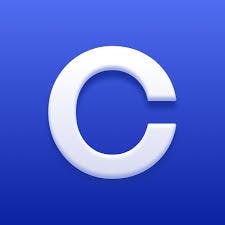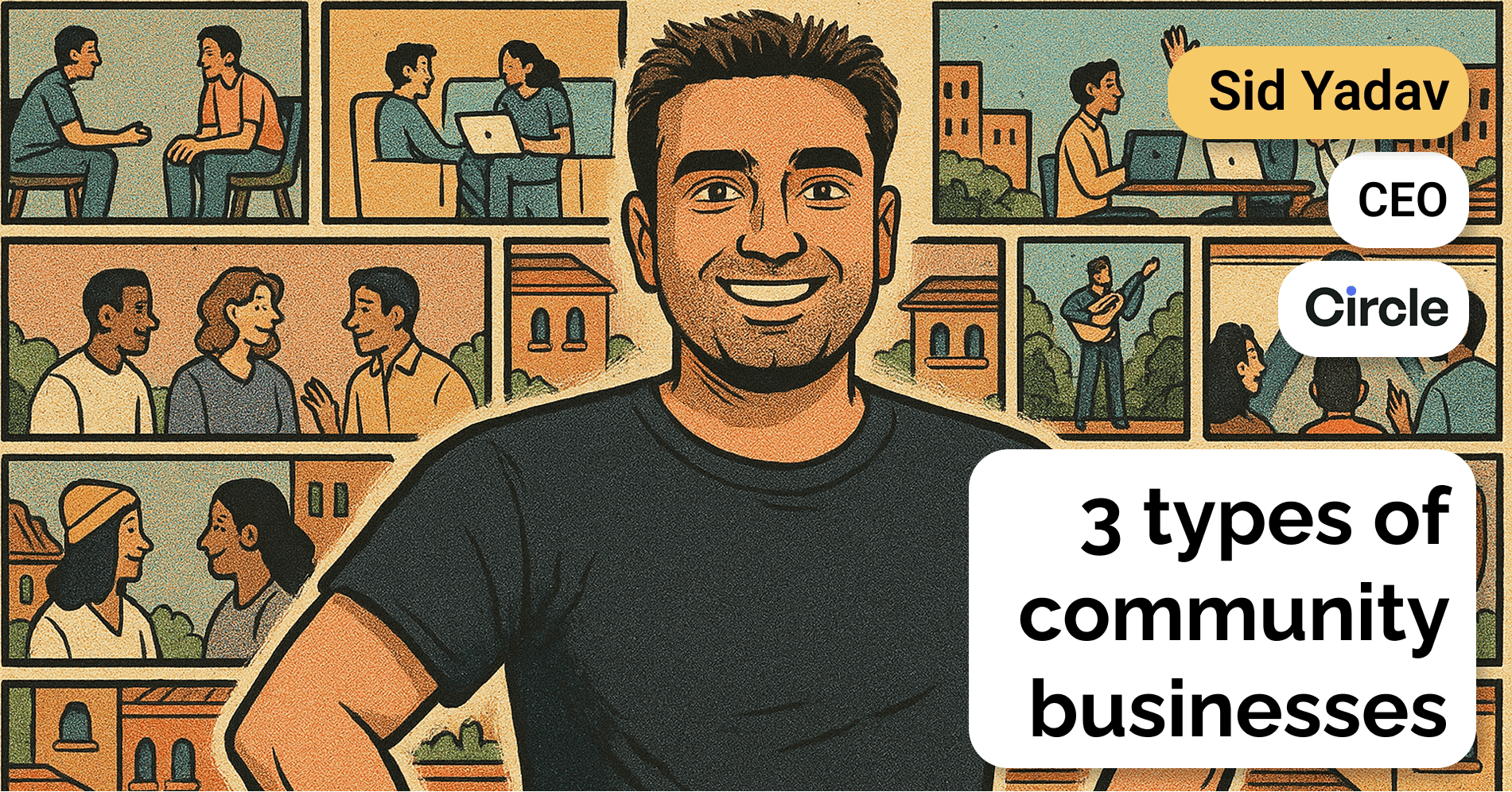Creator economy entrepreneur on content distribution and monetization
 Nan Wang
Nan Wang
Questions
- Direct channel economics can be much more lucrative for creators in the long run, why would someone today use YouTube, Instagram or TikTok to distribute content?
- What do you think about the switching costs between different platforms?
- How do you see Gumroad using capital as a strategy to engage with the creator community?
Interview
Direct channel economics can be much more lucrative for creators in the long run, why would someone today use YouTube, Instagram or TikTok to distribute content?
Guest: I guess YouTube is unique because they actually share ad revenue with their creators. I guess even if the economics aren't very good for creators because the platforms take a big cut, YouTube lets you monetize while not having to worry about things outside of creating contents.
Whereas direct monetization captures value directly from your audience requires you to pick up other skills outside of content creation.
I think the creator economy is still pretty new. A lot of these platforms have only really started growing really fast in the last couple of years. So I think there's definitely an education process that needs to happen, both at kind of like the micro level for individual creators and the macro level where there's not enough shared knowledge of how to become a professional creator and do it well. On the individual creator level, it's like a lot of these creators have only been creating for, a year, two years.
The vast majority of that time they've been, just spending all their time, thinking about how to continue building their audience and a much less time thinking about how to monetize it.
And I think we're still at the stage where creators often know that they want to monetize, but it's such a vague idea to them in terms of like how to optimize for that goal, that they end up optimizing for the number of followers for a long time, because that's a more accessible proxy for them to think about.
What do you think about the switching costs between different platforms?
Guest: Most platforms are not competing along the same dimensions. I think the switching costs are very different for all of these platforms.
Patreon locks creators because they don't let creator export their email list, at least at one point in time. They don't let you transfer all your paying users and their payment information to a different platform.
So if you work hard to build up a membership business on Patreon it's very hard to switch at that point. I think Teachable and Podia, basically their digital products are more complex. So I think that makes it harder because it locks in the supply side.
Because once you create this complex product offering, it's kinda like how website builders, like Wix and Squarespace, have such good long-term revenue retention, because once you put a lot of work into creating your supply-side product, you don't want to put in that same amount of fixed cost to do it again on a different platform.
Teachable and Podia, well, I've never made a course, but I'm assuming they don't make it super easy to package up your course and take it somewhere else.
Gumroad I feel like probably has low switching costs because, uh, it's probably like the simplest platform and that's probably why they're growing so fast because there's a lot of creators who are just looking for simple solutions right now.
How do you see Gumroad using capital as a strategy to engage with the creator community?
Guest: I think it's a great idea. I think it's smart to do that for them. I think Sahil has a very strong personal brand. So I'm sure they're going to raise the $5 million very easily.
A lot of creators have a hundred thousand or a million followers on TikTok or Instagram, and their audiences also contain like many of the people that would potentially be good users in the future. By raising a crowdfunding round and getting some of these creators in as investors, they're basically getting their future marketing team as investors in the company.
Disclaimers
This transcript is for information purposes only and does not constitute advice of any type or trade recommendation and should not form the basis of any investment decision. Sacra accepts no liability for the transcript or for any errors, omissions or inaccuracies in respect of it. The views of the experts expressed in the transcript are those of the experts and they are not endorsed by, nor do they represent the opinion of Sacra. Sacra reserves all copyright, intellectual property rights in the transcript. Any modification, copying, displaying, distributing, transmitting, publishing, licensing, creating derivative works from, or selling any transcript is strictly prohibited.




